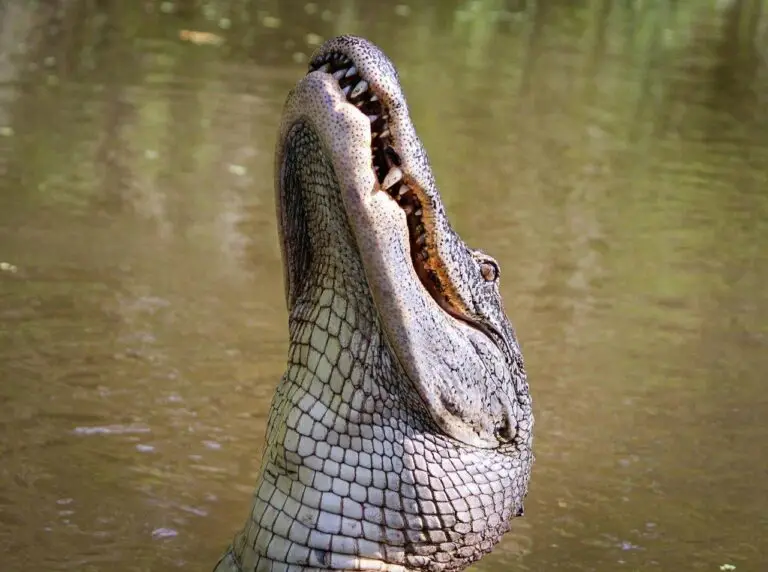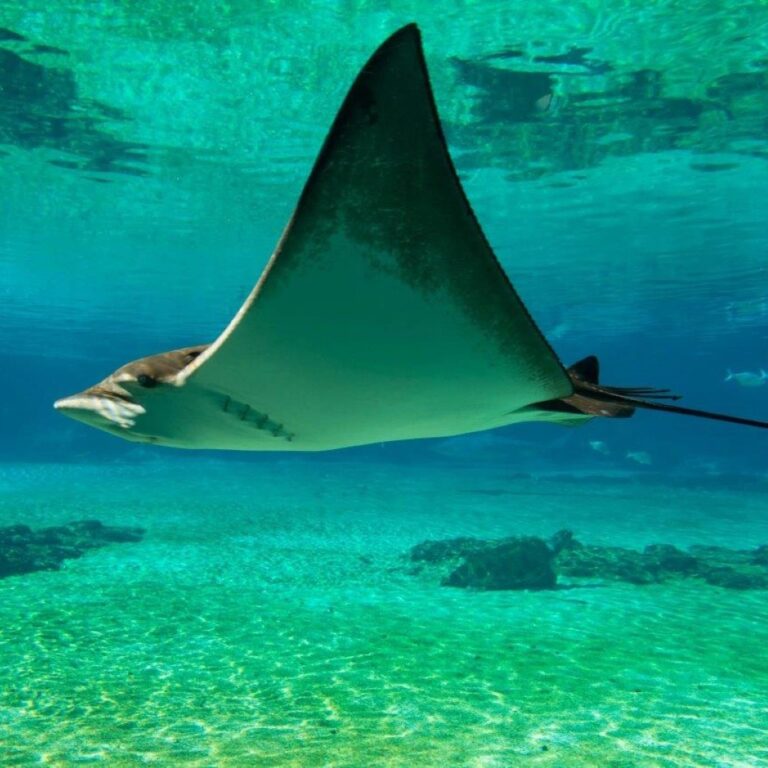1. There are two species of alligators: the American alligator, found in the southeastern United States, and the Chinese alligator, which is native to eastern China and is much smaller and critically endangered.
2. Alligators are part of the Crocodylia order, which also includes crocodiles, caimans, and gharials. While they are similar, alligators have a broader snout and are generally darker in color compared to crocodiles.
3. Alligators have incredibly powerful jaws that can exert a bite force of up to 2,980 pounds per square inch, making them one of the strongest biters in the animal kingdom.
4. Despite their ferocious bite, alligators have a very gentle touch when carrying their young. Mother alligators use their mouths to transport hatchlings to water and protect them from predators.
5. Alligators are excellent swimmers and can stay submerged for up to two hours by slowing their heart rate and conserving oxygen. They use their powerful tails to propel themselves through the water.
6. The American alligator was once listed as endangered due to overhunting and habitat loss, but thanks to conservation efforts, it has made a remarkable recovery and is no longer considered endangered.
7. Alligators are ectothermic, meaning they rely on external sources of heat to regulate their body temperature. They are often seen basking in the sun to warm up or cooling off in the water on hot days.
8. Alligators have a highly developed sense of hearing and can detect even the faintest vibrations in the water. This ability helps them locate prey and communicate with other alligators.
9. Alligators are opportunistic feeders and have a varied diet that includes fish, birds, mammals, and even carrion. They are also known to eat smaller alligators, particularly during times of scarcity.
10. Female alligators build large nests out of vegetation, where they lay 20 to 50 eggs. The temperature of the nest determines the sex of the hatchlings, with warmer temperatures producing males and cooler temperatures producing females.
11. Alligators are known for their loud vocalizations, particularly during the breeding season. Males produce deep bellowing calls to attract females and establish territory.
12. The Chinese alligator is much smaller than its American counterpart, typically growing to about 5 feet in length. It is one of the most endangered reptiles in the world, with only a few hundred individuals remaining in the wild.
13. Alligators have a lifespan of about 35 to 50 years in the wild, although some individuals in captivity have been known to live longer, reaching up to 70 years of age.
14. Alligators play a crucial role in their ecosystems as apex predators, helping to control populations of prey species and maintain the balance of their habitats.
15. Conservation efforts are ongoing to protect alligator habitats and ensure the survival of both the American and Chinese alligator species. Protecting wetlands, reducing pollution, and preventing illegal hunting are essential for their continued recovery.
How useful was this post?
Click on a star to rate it!



